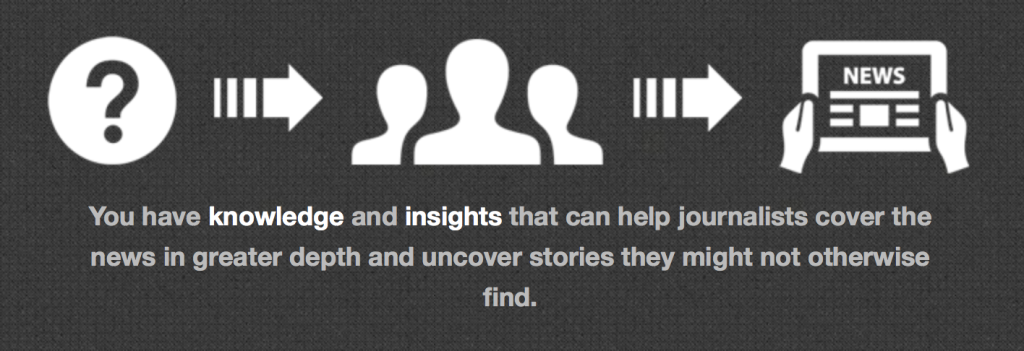Welcome to the Weekly Illumination, a JTM newsletter offering a quick look at the week in journalism with a focus on what’s working in today’s news ecology. In this week’s Illumination we’ll look at the state of net neutrality, examine a social journalism degree focused on engagement at CUNY’s Graduate School of Journalism and a look at the best journalism tips posted over the past week.
Tips and tricks
- TV anchor tips (Advancing the story)
- Five ways for freelancers to increase productivity (10,000 words)
- Five tips for making the most of your first hackathon (Knight Lab)
- 10 words that rarely add anything to your writing (The Globe and Mail)
- 10 ways to teach mobile journalism (AJR)
- Career Advice Q&A (Journalism.co.uk)
Net neutrality is being redefined
With Netflix having secured deals for preferential access though two of the nation’s largest internet providers, the two-tiered internet feared for more than a decade is fast approaching. Under revised FCC rules internet service providers will not be permitted from blocking Web sites who refuse to pay an additional fee, but establishing an internet fast line, like the one Netflix has negotiated under protest, will likely be permitted under the new rules.
Tim Wu, who coined the term net neutrality in 2002, described the proposed new rules as a “clear violation of Obama’s promise” to protect open equal access to the internet:
This is what one might call a net-discrimination rule, and, if enacted, it will profoundly change the Internet as a platform for free speech and small-scale innovation. It threatens to make the Internet just like everything else in American society: unequal in a way that deeply threatens our long-term prosperity.
In the words of Ryan Singel, who published a great explainer piece on Medium, “The FCC plans to save the Internet by destroying it.”
In January, The Illuminations Blog covered Tom Wheeler’s public appearance at an Oakland Town Hall and came away with the question: Will FCC Tom Wheeler fight for net neutrality?
At the time, he seemed to be saying all the right things, but his background as a telecom lobbyist — a self-described “typical Washington player,” left many concerned his words were hollow. Concerns that now appear to have been legitimate, although the formal rules are not expected to be issued until later this year.
Odds and ends and odd ends
- How the web makes new forms of storytelling possible. (Advancing the Story)
- A look into how Mayor Rahm Emanuel’s office coordinated production of the CNN series Chicagoland (Chicago Tribune)
- A breakdown of how Beacon journalist Shane Bauer plans to raise $75,000 to finance a yearlong investigation into America’s prisons (Online Journalism Blog)
- How YouTube piracy is being legalized and generating money for the companies that originally created it. (Variety)
- Why the web should return to its decentralized roots (Dan Gillmor)
- Can philanthropy save journalism? (Nieman Journalism Lab)
- Vox.com is publishing the raw interview transcript alongside its reported stories. (10,000 words)
- On a related note: Have you noticed that there is no native way to search Vox.com? Do you think this is a permanent and intentional design element?
New masters degree in social journalism
With social media providing the framework for a two-way conversation unlike anything feasible before now, the CUNY graduate school of journalism has announced a new masters program in social journalism.
Jeff Jarvis who is an associate professor at the school and the director of the university’s Tow-Knight Center for Entrepreneurial Journalism outlined the new program in his announcement:
I see this as the discipline of outcomes-based journalism: We take responsibility not only for making a product called news, hoping people consume it and then hoping that they and their communities are better for it. That’s all we could do before, in print and broadcast. Now, online, we have new tools and new means to hear the public, to serve the public, and to measure our impact and value. There lies the essence of social journalism.
So, yes, it’s social but it’s not just about social media. Yes, it’s about engagement but not engagement with us but instead about a community’s engagement with its own work. It’s about results, outcomes, impact.
Jobs of the week
- Assistant Professor of Practice (Part-time) — University of Arizona (Tucson, AZ)
- Legal news editor — CQ Roll Call (Washington DC)
- Structured Notes Reporter — Bloomberg News (New York)
